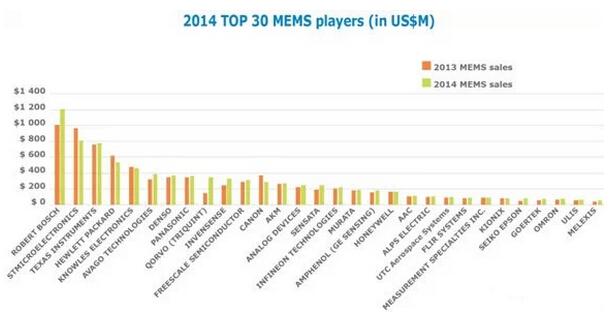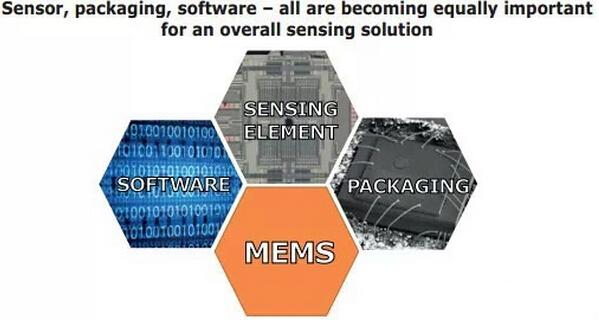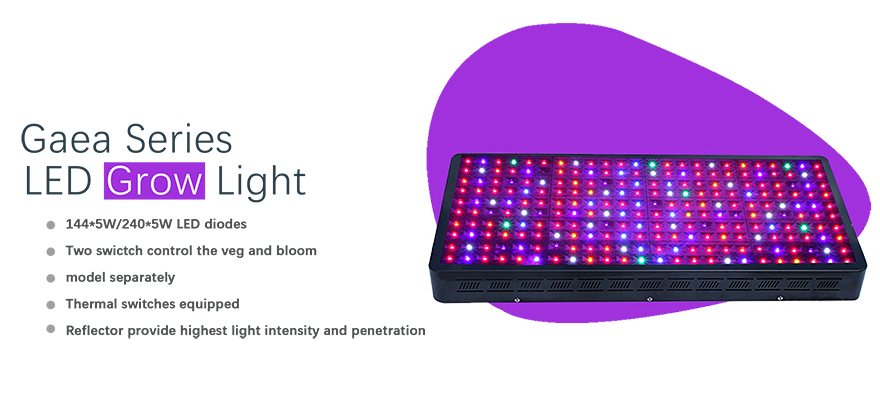Emerging MEMS sensors, significant cost reductions, increasing importance of software and new technologies, the rise of industry giants and Chinese foundries: The global MEMS industry will exceed $20 billion by 2020!
The MEMS industry is becoming more and more mature, and emerging devices are emerging
In 2014, the market size of silicon-based MEMS devices reached $11.1 billion. Due to the huge market demand for smartphones and tablets, the MEMS industry is entering the fast lane, followed by the wearable and Internet of Things (IoT) market driven by unlimited growth potential. At the same time, the MEMS industry is highly dynamic, and even the more mature automotive market needs new technologies to challenge the existing landscape. Some MEMS devices are only tens of cents in manufacturing cost, such as motion sensors are becoming a cheap commodity, just like the temperature sensors of a few years ago. The proven process meets the needs of greater market capacity and integration of multiple sensor systems, which is driving MEMS manufacturing to move quickly to next-generation wafer sizes.

Figure 1 MEMS market forecast for 2014-2020
In addition, we believe that emerging MEMS devices continue to emerge. While gas and chemical sensors are based on semiconductor technology, MEMS technology can further reduce size and cost, opening up new opportunities. We believe that MEMS-based gas sensors will gain more and more applications, especially for wearable and consumer electronic devices such as smartphones and smart glasses. Another example is that MEMS micromirrors are attracting attention from the optical communications market, such as Caliente's rapid growth; or MEMS micromirrors for human-computer interaction interfaces such as Intel's acquisition of LemopTIx.
In the past, we have seen leaders in different markets and the competition is very open. But what is remembered in 2014 is the growth of a future MEMS giant, Robert Bosch. Last year, due to the consumer market, the company's MEMS revenue increased by 20% to reach 1.2 billion US dollars, ranking first in the world. STMicroelectronics' MEMS revenue is now behind Bosch's $400 million. Compared with 2013, the world's top five MEMS companies have not changed, with a total revenue of 3.8 billion US dollars, accounting for about one-third of the global MEMS market. Bosch's dominance is obvious because its revenue accounts for about one-third of the total revenue of the top five companies.
MEMS has relied on the use of semiconductor-based micromachining technology to fabricate devices to replace more complex, bulky or insensitive sensors. Our analysis shows that there will be four trends in the future that will change the MEMS market landscape:
* Emerging devices such as gas sensors, micromirrors and environmental sensors
* New applications such as pressure sensors for position (height) sensing
* Disruptive technologies, including packaging, new materials (such as piezoelectric films and 300mm/12-inch wafers)
* New designs, including NEMS (Nano Electromechanical Systems) and optical integration technology
The world's top ten MEMS manufacturers occupy most of the market share, we divide them into two categories: "the impetuous squat" and "the struggling giant." "The impetuous" will include Bosch, InvenSense, Avago and Qorvo. Bosch is worthy of special attention because it is the only dual-market (automotive and consumer electronics) MEMS company in the top 30, and it also has dual facilities for R&D and mass production. "The struggling giants" include STMicroelectronics, Hewlett-Packard, Texas Instruments, Canon, Lou's Electronics, Denso and Panasonic. These companies are currently working hard to find an effective growth engine. In addition, it is worth mentioning that some "little giants", such as Qorvo and Infineon, have the potential to develop into "giant" or "giant" in the future.

Figure 2 Ranking of the top 30 MEMS manufacturers in the world in 2014
This report analyzes the MEMS business development of the top 30 MEMS vendors worldwide, including MEMS product lines and system integration products. The development direction of MEMS company: (1) the development of a single MEMS product line into a diversified product line; (2) the development of the MEMS product line into a system integration product line. Bosch is by far the most successful case.

Figure 3 Product line positioning of the top 30 MEMS manufacturers in the world in 2014
Future opportunities: software, 12-inch wafers, new inspection methods and emerging sensors
I believe that 12-inch MEMS wafer fabrication will become a hot topic in the next few years. 12-inch wafer fabrication will impact the entire MEMS supply chain, including design, materials, equipment and packaging. At present, there are two main reasons for driving 12-inch wafer fabrication. (1) Technical requirements, such as devices with CMOS layers, it is desirable to have smaller feature sizes, and the expansion of wafer size is corresponding to the reduction of chip feature size. Promoted and promoted each other, each level of wafer size will be reduced with the size of the chip feature; (2) Economic demand: the company pursues continuous cost reduction and increased production.
Packaging has become the focus of many MEMS companies, but now software is becoming an important part of MEMS sensors. As sensors are further integrated, more and more data needs to be processed, and software enables a variety of data fusions. As the importance of software has become more prominent, acquisitions have continued to occur, such as the acquisition of Movea by InvenSense.
With the development of NEMS, new packaging technologies and other factors, a new round of MEMS investment cycle begins.

Figure 4 Sensors, Packages, and Software – a Sensing Solution That Will Become a Whole
Although the combined sensor market continues to grow, there are still bright spots in the discrete inertial sensor market.
Consumer applications will continue to grow significantly in 2015-2020, with an expected annual growth rate of 17%. However, the pressure on prices is huge, falling by about 5% per year, so the annual growth rate of market revenue is 13%. In the consumer sector, there is also an interesting phenomenon: despite the widespread use of combinatorial sensors, discrete accelerometers continue to grow. Because wearables and the Internet of Things will also require a large number of discrete sensors. In addition, a Bosch discrete accelerometer is also used in the smartphone iPhone 6.
The accelerometer + magnetometer combination sensor is suitable for feature phones because they can use algorithms to simulate the gyroscope, which increases the amount of use in low-end phones. The 9- or 10-axis combination sensor will be driven by wearable device drivers.
We have also discovered trends in many other MEMS devices, such as the recent explosion of inkjet printheads for industrial applications, which are replacing piezoelectric inkjet technology in the industrial and graphics markets, while replacing laser printing technology in the office space. We also believe that the market for pressure sensors in smartphones, tablets and wearables will exceed $580 million in 2020. Another soaring market is consumer MEMS microphones. Medical, automotive and other applications are still in their infancy. In addition, micromirrors are used in many industrial applications such as printing and forming, laser micromachining, lithography, holographic data storage, spectroscopy, phototherapy, 3D measurement, microscopy, head-mounted displays, and network data centers.
The market for infrared microbolometers continues to grow, with products at 320 x 240 pixel resolution being the most widely used due to their good "resolution/cost" rates. It will still dominate due to the demand in the automotive and surveillance markets. Although the release of the Lepton module did not improve FLIR's 2014 results, it and Seek Thermal (using the Raytheon infrared imager) will open up new markets in the future.
For RF applications, the BAW filter market will be driven by high-end smartphones in the next few years. In the third quarter of 2014, Cavendish KineTIcs released an impressive MEMS antenna tuning switch to meet the "reliability/cost" specifications of the consumer market.
Finally, we believe that MEMS-based chemical/gas sensors will be the “star†of the future, and smartphones and wearables will be widely adopted.

Full Spectrum With Reflactor Board,Gaea Led Grow Light,1200W Gaea Led Grow Light,Gaea 240X5W Led Grow Light
Shenzhen Mingxue Optoelectronics CO.,Ltd , https://www.led-lamp-china.com